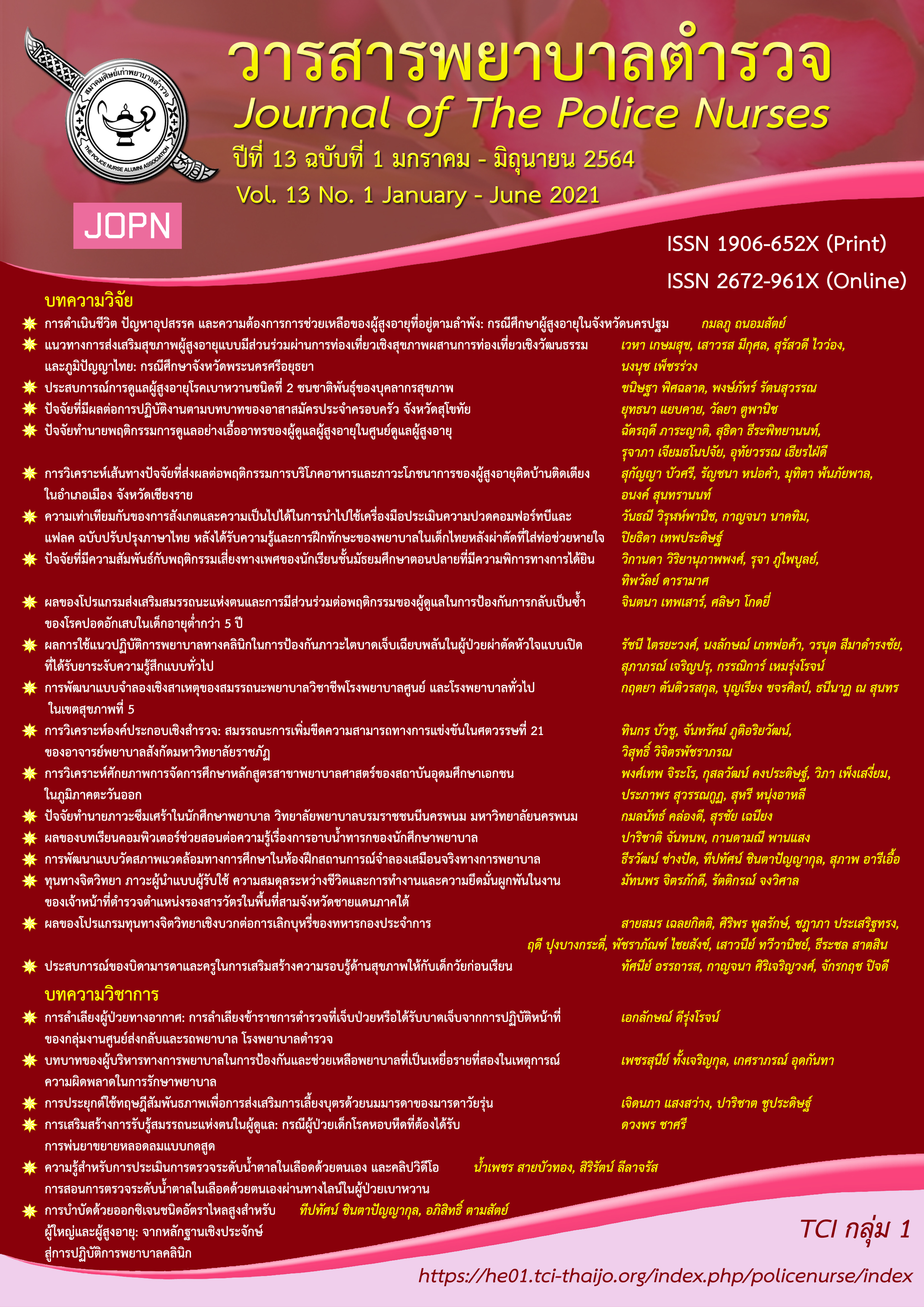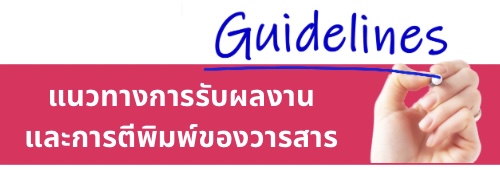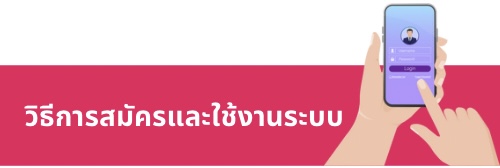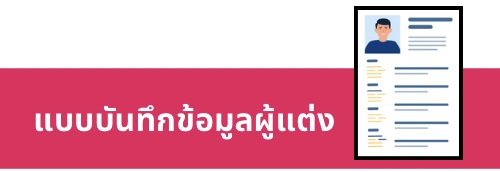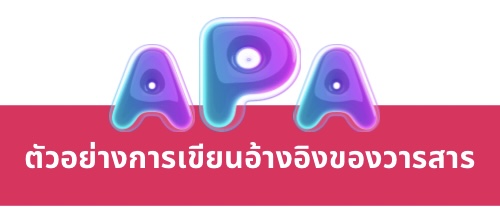การเสริมสร้างการรับรู้สมรรถนะแห่งตนในผู้ดูแล: กรณีผู้ป่วยเด็กโรคหอบหืดที่ต้องได้รับ การพ่นยาขยายหลอดลมแบบกดสูด
คำสำคัญ:
การเสริมสร้างการรับรู้สมรรถนะแห่งตน, โรคหอบหืด, การพ่นยาขยายหลอดลมแบบกดสูดบทคัดย่อ
โรคหอบหืดเป็นโรคเรื้อรังที่พบมากในเด็กและส่งผลให้ผู้ป่วยเด็กโรคหอบหืดเข้ารับการรักษาในโรงพยาบาล เป้าหมายในการรักษา คือ การควบคุมอาการของโรคหอบหืดและให้ผู้ป่วยสามารถดำรงชีวิตได้ปกติ ผู้ป่วยเด็กจึงต้องปฏิบัติตนเพื่อหลีกเลี่ยงสิ่งกระตุ้น มีการใช้ยาขยายหลอดลมที่ถูกต้องและต่อเนื่องตามแผนการรักษา สำหรับวิธีการพ่นยาขยายหลอดลมจะใช้แบบกดสูดที่แบ่งเป็น 2 ลักษณะ คือ การใช้ยาพ่นขยายหลอดลมแบบกดสูดร่วมกับกระบอกพ่นยาและไม่ใช้กระบอกพ่นยา ซึ่งมีขั้นตอนการพ่นยาและการดูแลหลังการพ่นยาแตกต่างกัน ดังนั้น ผู้ดูแลจึงมีบทบาทสำคัญในการดูแลควบคุมอาการและติดตามอาการ โดยเฉพาะผู้ป่วยเด็กบางกลุ่มอายุที่มีข้อจำกัดด้านการเรียนรู้ตามพัฒนาการ จึงไม่สามารถปฏิบัติตนได้ถูกต้อง รวมถึงไม่สามารถพ่นยาได้ด้วยตนเองจึงต้องพึ่งพาผู้ดูแล และปัจจุบันมักจะพบปัญหาผู้ดูแลขาดความรู้ ความเข้าใจ ความมั่นใจ และทักษะในการพ่นยาขยายหลอดลมที่ถูกต้อง ส่งผลให้ผู้ป่วยเด็กมีอาการกำเริบ และมีโอกาสกลับเข้ารับการรักษาซ้ำในโรงพยาบาล บทความวิชาการนี้จึงมีวัตถุประสงค์เพื่อนำเสนอองค์ความรู้เกี่ยวกับแนวทางในการเสริมสร้างการรับรู้สมรรถนะแห่งตนในผู้ดูแลผู้ป่วยเด็กโรคหอบหืดที่ได้รับยาพ่นขยายหลอดลมแบบกดสูด โดยประยุกต์ใช้ทฤษฎีการรับรู้สมรรถนะแห่งตนทั้ง 4 ขั้นตอน ได้แก่ การประเมินความพร้อมและความต้องการของผู้ดูแล การสร้างสัมพันธภาพและการลดความวิตกกังวล กิจกรรมเสริมสร้างการรับรู้สมรรถนะแห่งตน และกิจกรรมการทบทวนและเพิ่มเติมประสบการณ์ เพื่อให้ผู้ดูแลเกิดการเรียนรู้ และพัฒนาทักษะการพ่นยาขยายหลอดลมแบบกดสูด รวมทั้งมีความมั่นใจในการดูแลผู้ป่วยเด็กโรคหอบหืดที่บ้าน อันนำไปสู่การมีคุณภาพชีวิตที่ดีของผู้ป่วยเด็กโรคหอบหืดต่อไป
Downloads
เอกสารอ้างอิง
Bandura, A. (1977). Self-efficacy: Toward a unifying theory of behavioral change. Psychological Review, 84(2), 191-203.
Carpenter, D. M., Lee, C., Blalock, S. J., Weaver, M., Reuland, D., Coyne-Beasley, T., . . . Sleath, B. L. (2015). Using videos to teach children inhaler technique: A pilot randomized controlled trial. Journal of Asthma, 52(1), 81-87.
Chasri, D., Pookboonmee, R., & Orathai, P. (2018). Effect of self-efficacy promotion on caregiver’s confidence of participating in child care before discharge from pediatric intensive care unit. Journal of Royal Thai Army Nurses. 19(3), 234-242.
Chonlatankampanat, W., Khanobdee, C., & Pongrua, P. (2018). The effects of a self-efficacy promoting program on self-care behaviors and newborn care behaviors of first-time mothers. Journal of Prapokklao Nursing College. 29(1), 29-41.
Global Initiative for Asthma. (2020). Global strategy for asthma management and prevention. Retrieved from https://ginasthma.org/wpcontent/uploads/2020/06/GINA-2020-main-report_20_06_04-1-wms.pdf
Khiawwan, S. (2018). Development of a teacher service system for using inhaled bronchodilators in patients with respiratory diseases. Ramathibidi Nursing Journal, 25(2), 130-147.
Nicola, M., Elberry, A., Sayed, O., Hussein, R., Saeed, H., & Abdelrahim, M. (2018). The impact of adding a training device to familiar counselling on inhalation technique and pulmonary function of asthmatics. Advances in therapy, 35(7), 1049-1058.
Nijaranond, L., (2019). Effect of clinical practice guideline implementation to prevent asthma exacerbations among pediatric patients with respiratory failure due to asthma in pediatric intensive care unit, Songkhla Hospital. Journal of Prachomklao College of Nursing, 2(2), 1-15.
Niyomwit, K. (2019). Nursing care for asthmatic children using inhalants: Principles and guidelines. Journal of Phrapokklao Nursing College, 28(2), 149-160.
Thai Asthma Council and Association. (2012). The Thai national guideline for diagnosis and management of childhood asthma. Retrieved from http://www.rcot.org/datafile/_file/_doctor/18e7dc4ecbfbb3feb6809cd139d0baf4.pdf.
Vincken, W., Levy, M. L., Scullion, J., Usmani, O. S., Dekhuijzen, P. R., & Corrigan, C. J. (2018). Spacer devices for inhaled therapy: Why use them, and how? European Respiratory Journal Open Research, 4(2), 1-10.
ดาวน์โหลด
เผยแพร่แล้ว
รูปแบบการอ้างอิง
ฉบับ
ประเภทบทความ
สัญญาอนุญาต
ผลงานที่ได้ตีพิมพ์แล้วจะเป็นลิขสิทธิ์ของวารสารพยาบาลตำรวจ

